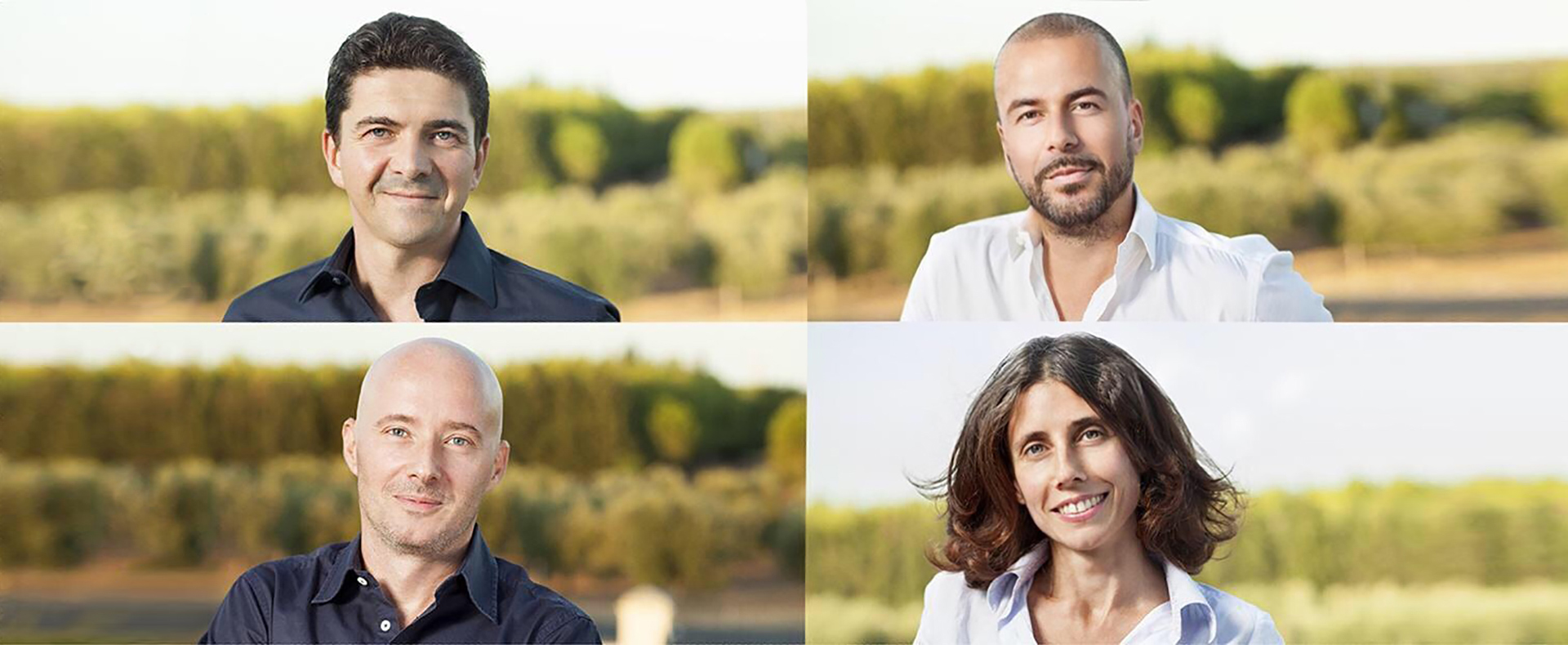The Cantele story begins in black-and-white, like a Neorealist film. WWII was at its peak and Italians listened in secret to American radio. They couldn’t make out the song lyrics but they could understand the words love and hope.
When the fighting was done, Giovanni Cantele set out from his home in war-torn northeastern Italy in search of a better life. He landed in the city of Imola (in the region of Romagna, north-central Italy) where he found steady work in the wine trade and where he would meet the love of his life, Teresa Manara.
She would later accompany him on one of his trips to the Salento peninsula, the heel of Italy’s boot, his source for wines to sell in the north, where the wine industry struggled to meet the new demand for rich, deep-colored wines. She was so taken with the stark beauty of Salento and its masterworks of baroque architecture that she convinced Giovanni to relocate the family there.
And so, as many southern Italians headed north to find work in the factories of Milan and Turin, the Cantele family made its way south and settled down in Lecce.
It was there that Giovanni and Teresa’s sons — Augusto and Domenico — would first begin to bottle their own wine and later buy vineyards and build a winery. By that time, Augusto had returned to the family after studying winemaking in the north, where he developed his immense passion for white wines. Cantele’s ground-breaking, cask-fermented Chardonnay “Teresa Manara” is named for his mother and her legacy as one of the great matriarchs of Italian wine.
Today, the Cantele cousins, Luisa and Umberto (Domenico’s children) and Gianni and Paolo (Augusto’s sons), make wine in their state-of-the-art winery in Guagnano, completed in 2003.
A Technicolor coda to a story that began when the world was still black and white.

